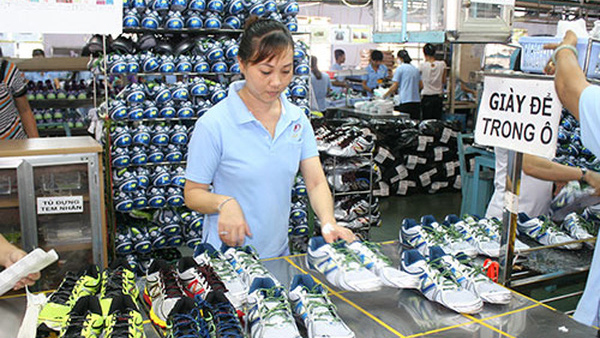HCMC – Vietnam’s manufacturing sector returned to growth in July, supported by rising domestic orders and higher production, according to S&P Global.
The Vietnam Manufacturing Purchasing Managers’ Index (PMI) rose to 52.4 in July from 48.9 in June, moving above the 50.0 threshold for the first time in four months. This marked the strongest improvement in business conditions in nearly a year.
New orders increased at the fastest pace since November last year, ending a four‑month decline, as customer demand strengthened. However, overseas sales fell for the ninth consecutive month, with U.S. tariffs continuing to weigh on exports.
Higher order volumes drove a third straight month of output growth, which reached its sharpest pace in 11 months. Purchasing activity also expanded at the quickest rate since August 2024, while employment levels stabilized after months of contraction.
Backlogs of work continued to fall, though at the slowest rate in a seven‑month sequence of depletion. Stocks of purchases fell again despite higher input buying, with firms citing difficulties in securing raw materials. The pace of depletion was the weakest since December 2023. Stocks of finished goods also declined.
Material shortages extended supplier delivery times, with vendor performance deterioration only slightly less severe than in June.
Input costs rose for the second month and at the fastest rate so far in 2025, driven by supply constraints, particularly for imported goods. Output price inflation also accelerated to a seven‑month high as firms passed on higher costs, though the increase was modest.
While manufacturers expect output to grow over the next year, business confidence fell to a three‑month low, well below the long‑term average, amid concerns over U.S. trade measures.
Andrew Harker, economics director at S&P Global Market Intelligence, said July’s data showed the sector “getting back on its feet” after disruptions from U.S. tariff announcements. He warned that continued material shortages could limit future growth.









